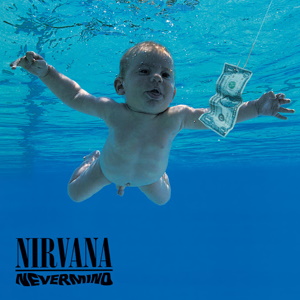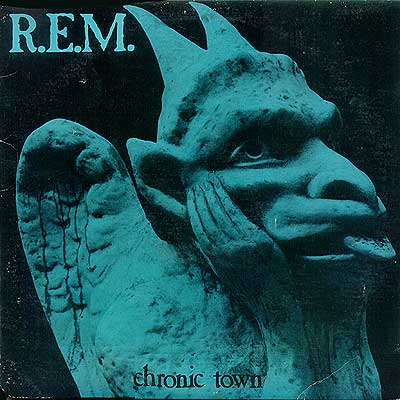Twenty years ago, on my 23rd
birthday, I went with some friends to see Dinosaur Jr. at the Gothic Theater. I
knew there were two other bands on the bill but I had never heard of them so we
showed up late, after the first band had played. Soon after we got there, the
second band came on. It was a three-piece with a tall, short-haired guy on
bass, and a short, long-haired guy on guitar and lead vocals. They started
playing, the crowd surged forward and we all sort of melded into one another
and became a giant throbbing beast with a screaming grungy blonde guitar player
for a head. It was rock concert as transcendence, one of the few times in my
life that I’d reached such heights through live music, and I had no idea who I
was watching.
During the break before Dinosaur
Jr.’s set, a buddy and I went to the lobby and deduced from the designs on the
T-shirts at the merchandise stand that the band was called Nirvana. My friend
bought a black one with “BLEACH” written across it. We went back into the
theater proper and were surprised to find the place noticeably less crowded. In
my memory’s eye, it’s practically empty, but that seems unlikely now. One thing
I know is that I was able to shimmy freely around the dance floor while J.
Mascis whipped up monstrous clouds of super-loud guitar noise, whereas during
Nirvana I was pinned in place by the press of bodies. Clearly, everyone had
come out to see the opening act, and I had missed the memo.
My roommate bought Bleach on CD the following week, and we
listened to it all summer. Then, soon after school started up again in the
fall, I walked past one of several music stores that were on The Hill in
Boulder at the time and I noticed a poster in the window for Nirvana’s new
record, Nevermind. I immediately
walked in and bought a copy on cassette, took it home and popped in the tape
deck, where it remained for at least a month. I drove one of CU’s dorm buses
back then, and I would play music on a little jam box while I drove, and when I
had Nevermind on I swore I could feel
my passengers getting infected by it. When I looked in the rear view mirror I
could see students sitting up a little straighter, more alert, not cringing the
way they often did when I would play, say, the Butthole Surfers’ Locust Abortion Technician or Sonic Youth’s
Confusion Is Sex. One day, a really
hot girl came up to the front of the bus while I was driving and shouted over
the blare, “Is this Nirvana?!” That never
happened when I was cranking the Buttholes.
The album very quickly became a monster
hit, of course, and I like to think I played a role in it, like I was one of
the pied pipers who lured the masses into the gales of feedback of the
post-punk underground, a revolutionary who helped dirty up the Top 40. The
Nirvana show at the Gothic and the release of Nevermind combined to form my rock-and-roll moment, the only time I
was there at the exact moment when lightning struck and the whole world seemed
to change course and travel along for a little while in tandem with my
interests, and I cherish it as much as any of the other great moments in my
life, like graduation and marriage and losing my virginity.
I told this story recently to an
acquaintance from Seattle, and he said something like, “Oh, that’s nothing, I
saw them a bunch of times in all these little clubs up and down the Northwest
coast.” And I’m sure there are a few people reading this who caught the Nirvana
bug long before I did. All those other people pushing toward the stage at the
Gothic, pumping their fists in the air, obviously knew something I didn’t.
Maybe they’d caught them at the Gothic a couple of years earlier, a concert
that can be relived today on YouTube (to the extent than anything can be lived
via streaming video). So yeah, my grunge hipster credentials aren’t the most
impressive on earth. I’ve always floated somewhere between the avant-garde and
the masses. But still, I was there on the opening date of Nirvana’s fabled tour
warming up for Dinosaur Jr. at a time when the universe was lining up to make
them the biggest superstars of the decade, and it’s now a sturdy pillar in my
cathedral of experience. And part of what is driving me back into music
collecting is the knowledge that there might be similar singular events waiting
in the next bin at my favorite record store or ready to take the stage and warm
up the crowd for some better-known band.


































